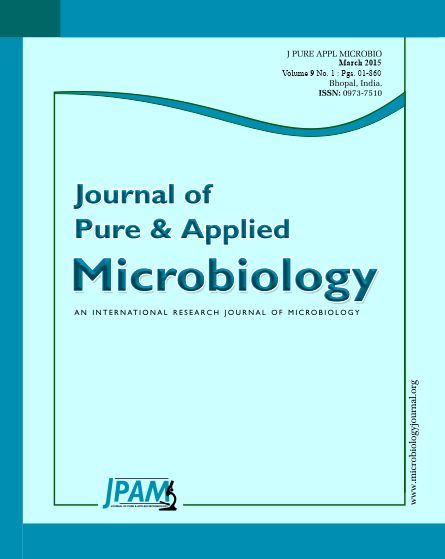The study focused on statistical optimization of Nilavembukudineer using RSM and its antibacterial activity. The combined interactive effect of different variables on Nilavembukudineer production was studied by Response Surface Methodology (RSM). The efficiency of the antibacterial compound was tested against clinical isolate of Salmonella typhi. The variables are Andrographis paniculata, Piper nigrum, Plectranthusvetti veroides, Zingiber officinale, Santalum album, Cyperus rotandus, Hedyotis corymboa, Trichosanthes cucumerina and Vetiveria zizanoides.This study suggest that RSM mediated optimization can be a good method for the enhancement of antimicrobial activity of Nilavembukudineer. In future, this method can be very good alternative method of siddha traditional based optimization.
Nilavembukudineer, Salmonella typhi, antibacterial activity, RSM
© The Author(s) 2015. Open Access. This article is distributed under the terms of the Creative Commons Attribution 4.0 International License which permits unrestricted use, sharing, distribution, and reproduction in any medium, provided you give appropriate credit to the original author(s) and the source, provide a link to the Creative Commons license, and indicate if changes were made.


